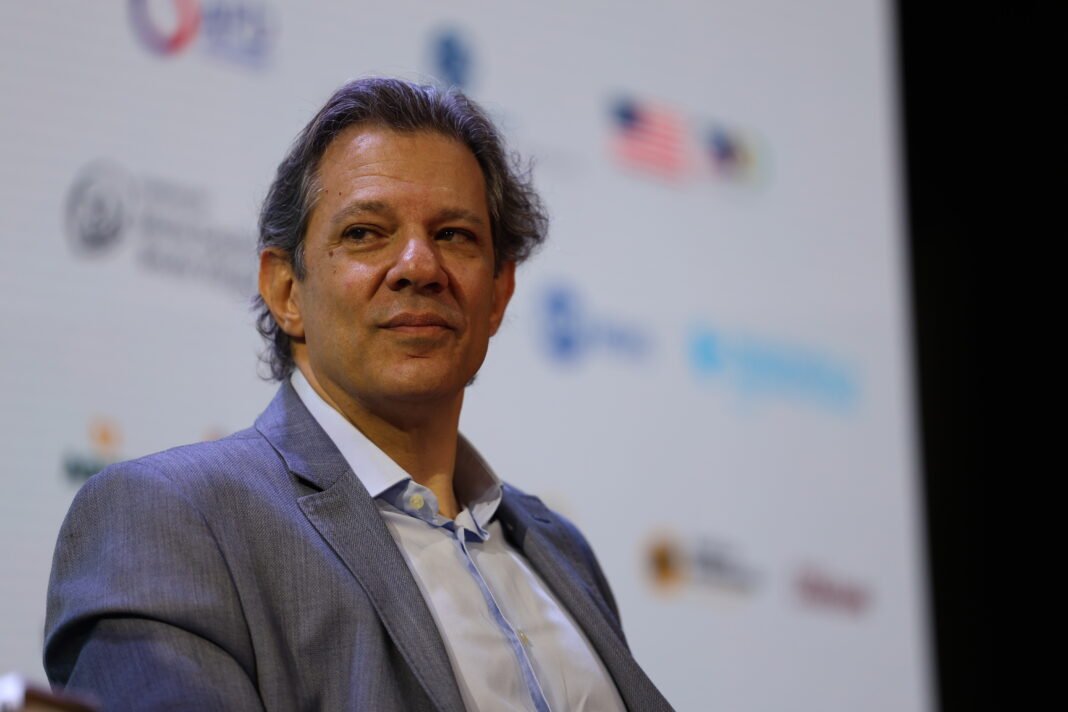Inflation in Brazil accelerated from 0.44% in September to 0.56% in October, driven by increases in electricity bills and food prices, such as meats, which rose by 5.81%—the highest jump in four years, according to IPCA data released by IBGE. Over the past 12 months, the index reached 4.76%, exceeding the Central Bank’s target ceiling. In response, the government will resume discussions this week on the public spending package. Finance Minister Fernando Haddad is returning to Brasília to intensify negotiations, with possible changes to unemployment insurance and wage bonuses, which face resistance from President Lula. Additionally, the Lula administration foresees a reconfiguration of its political coordination starting in June 2025, with Gleisi Hoffmann stepping down as PT president and Lindbergh Farias expected to assume leadership of the PT caucus in the House.
This Content Is Only For Subscribers
To unlock this content, subscribe to INTERLIRA Reports.
Accumulated Result
With this result, the IPCA accumulated over 12 months reached 4.76% — above the Central Bank’s target ceiling. The inflation target is centered at 3%, with a tolerance margin of 1.5 percentage points up or down. The dollar’s appreciation has influenced inflation; this year, the U.S. dollar has already risen nearly 17%. Despite a record crop forecast, the market expects food prices to rise sharply in 2025 due to the exchange rate and a supply-demand imbalance in agriculture.
Spending Containment
The federal government will resume meetings on Monday (11/11) to finalize the public spending containment package, which the economic team has promised for weeks and which the financial market eagerly awaits. Discussions on these measures, aimed at ensuring the sustainability of the fiscal framework and public debt, intensified after the second round of municipal elections, though President Lula has not yet decided. Among the proposed changes are unemployment insurance and wage bonuses, the fastest-growing expenses after Social Security, and the Continuous Cash Benefit (BPC).
Likely Measures
Despite some clashes, such as between Labor Minister Luiz Marinho and Finance Minister Fernando Haddad, these measures are more likely to advance. For unemployment insurance, one proposal is to tighten access rules, limit the number of installments—ranging from three to five payments based on years of service—and set an eligibility income cap of up to two minimum wages. This policy is expected to cost R$ 57 billion next year.
Lula’s Resistance
One unresolved issue is whether there will be changes to health and education funding. Currently, these are indexed to revenue, and one proposal under discussion is to limit the growth of these expenses to the same indices as the fiscal framework—that is, a maximum of 2.5% above inflation. Lula shows greater resistance to unlinking pension benefits from the minimum wage. The possibility of limiting the minimum wage growth to the fiscal framework, capped at 2.5% above inflation, was also discussed in meetings.
Changes in Government Coordination
PT members and the Lula administration anticipate a shift in the party-government relationship starting mid-next year. The departure of party president Gleisi Hoffmann, expected in June, is likely to ease pressure on economic management and political coordination. The two frontrunners to succeed her, Edinho Silva and José Guimarães, have a more moderate style than Gleisi, who is often vocal in her criticism. In contrast, a more assertive tone is expected in the PT caucus leadership in the House, where Odair Cunha (MG), seen as moderate, will be replaced by the “radical” Lindbergh Farias (RJ).
Analysis:
For experts, the likelihood of the IPCA closing the year above the inflation target ceiling signals structural pressures and challenges for the government’s economic policy. The rise of the dollar, which has already posted significant gains against the real, increases the costs of imported products and inputs, directly impacting sectors like food, a major component of the index.
The expectation of a green flag for electricity bills could ease inflation temporarily. However, with demand for services still high and food prices pressured, mainly due to currency effects and a possible imbalance between agricultural supply and demand, the impact of this relief is likely to be limited.
These inflationary dynamics challenge the government’s fiscal and monetary policy, which must balance spending cuts with the need to stimulate the economy in a recovery scenario. For the Central Bank, maintaining high interest rates becomes an increasingly necessary tool to contain inflation, even amid criticism from productive sectors. Thus, over the coming months, it will be crucial to observe the government’s ability to implement reforms and adjustments that could ease inflationary pressures without compromising economic growth.
Sources: G1 [1], [2]; O Globo [1], [2]; A Folha de SP [1], [2].




